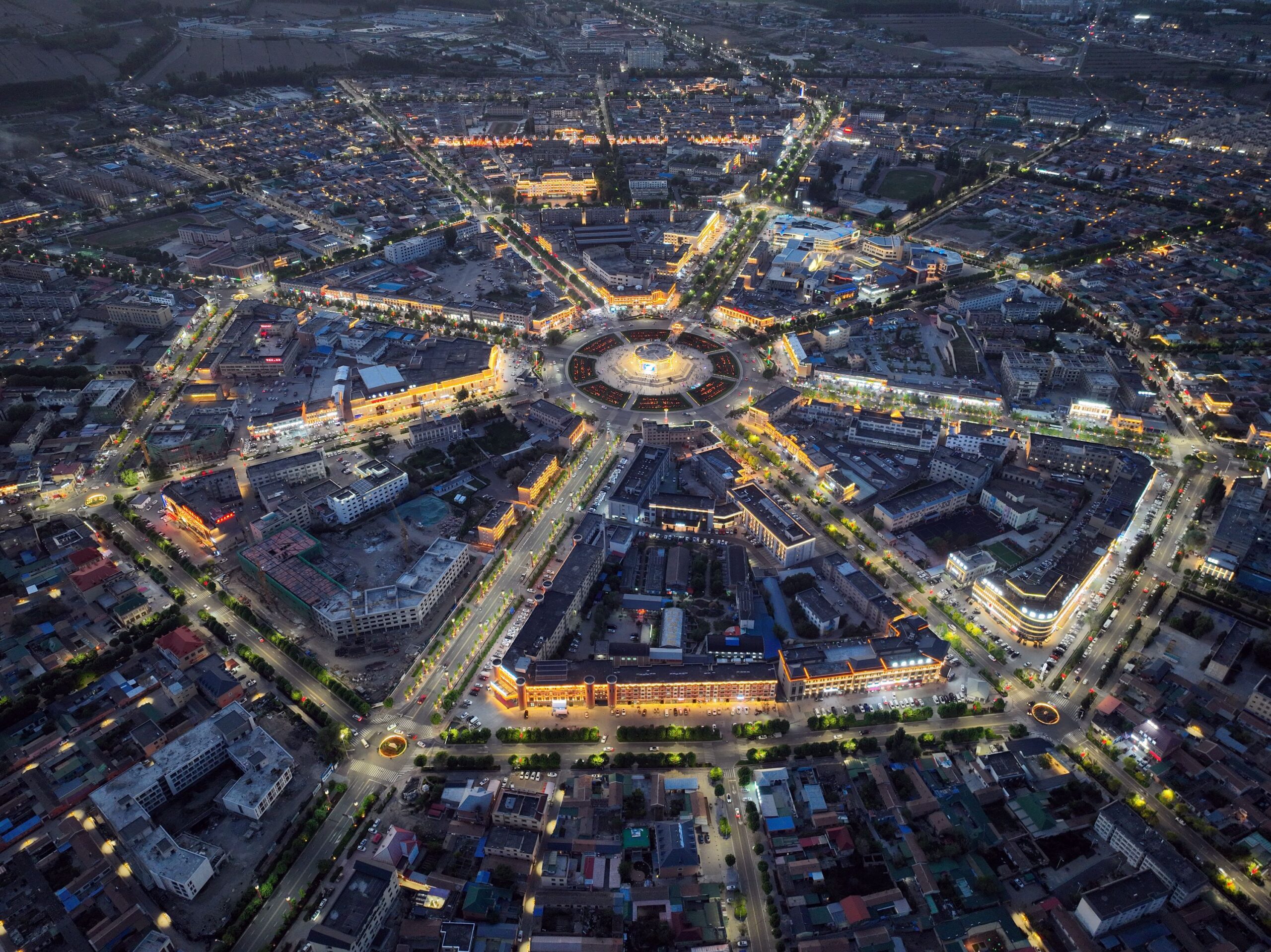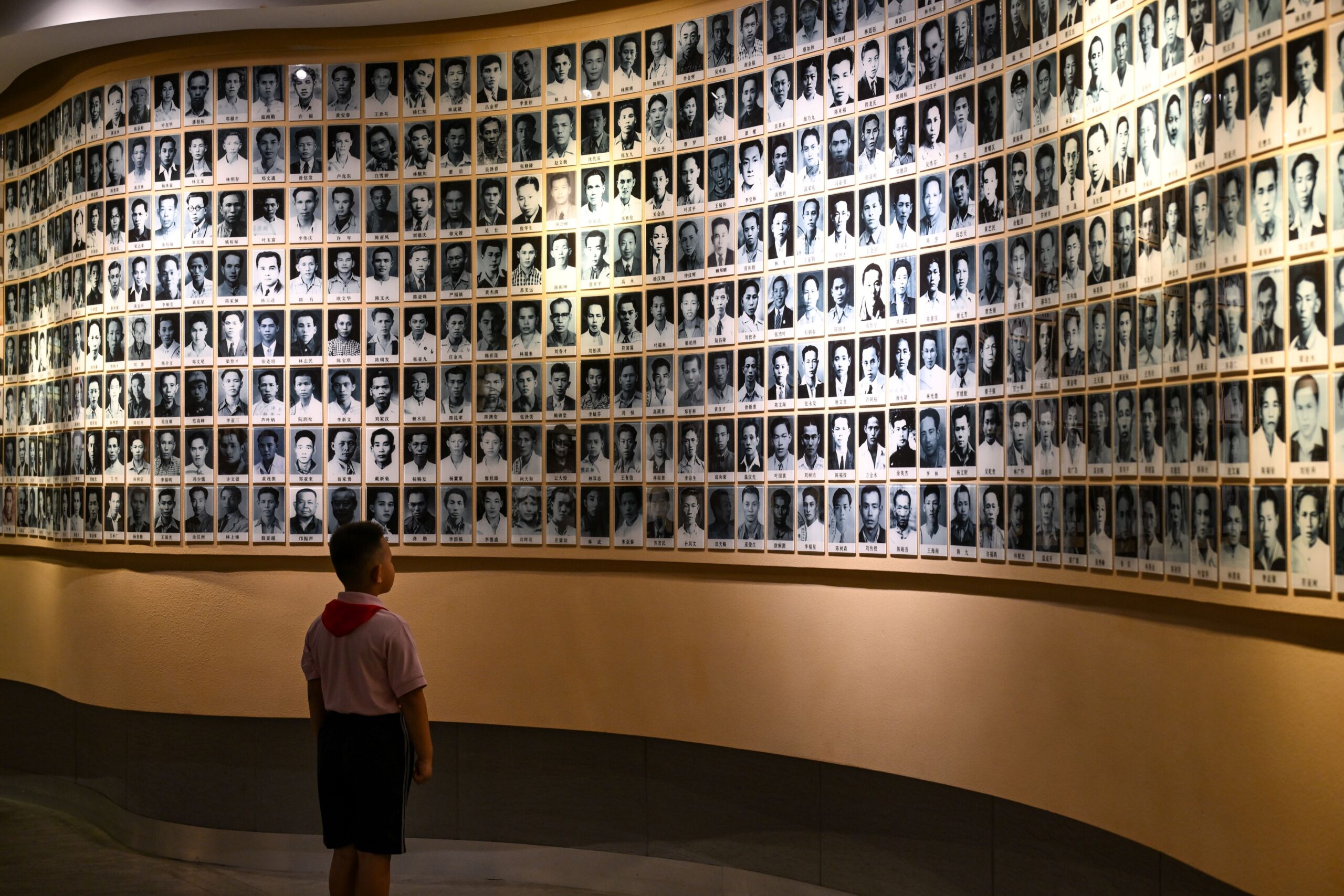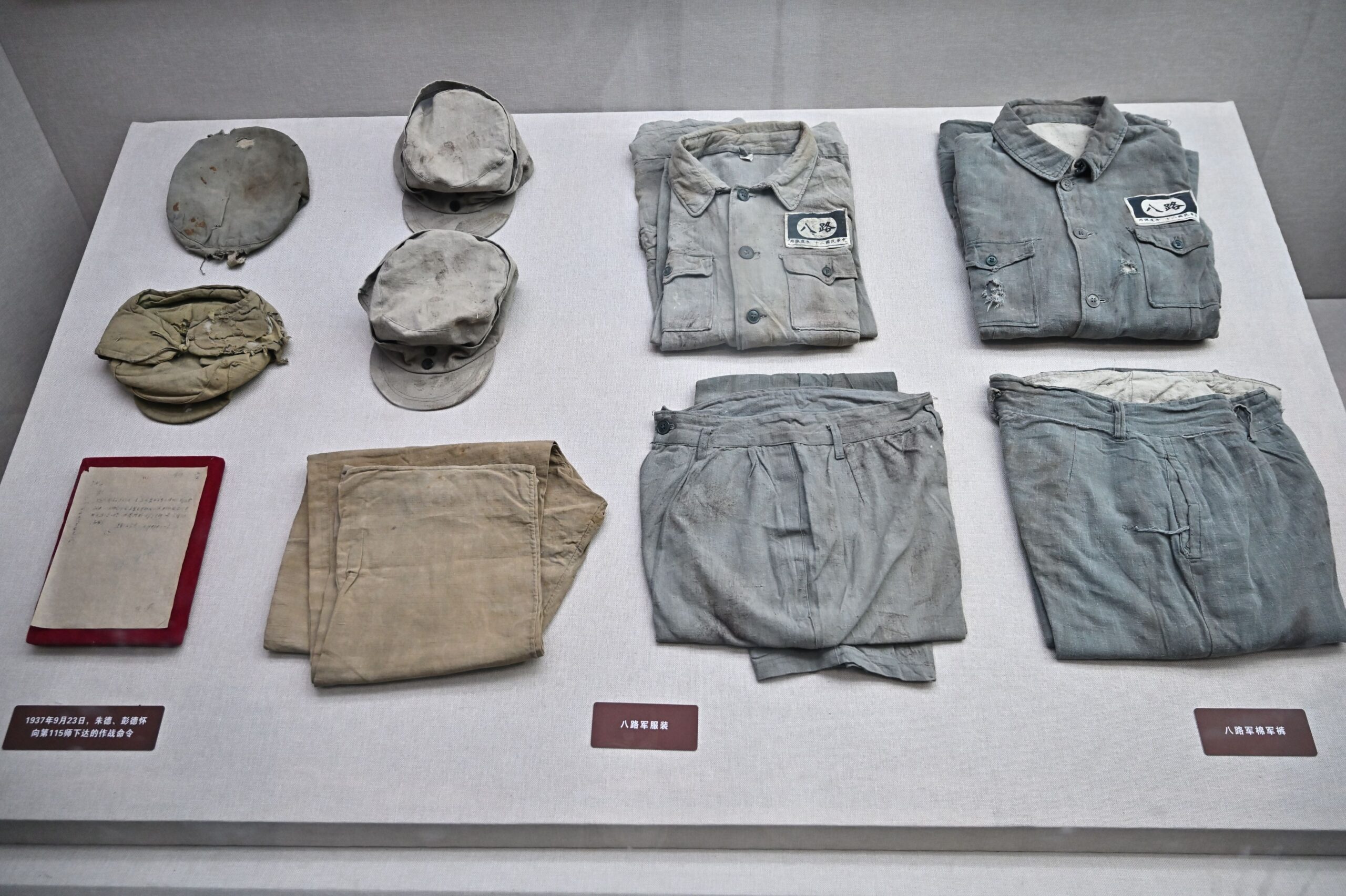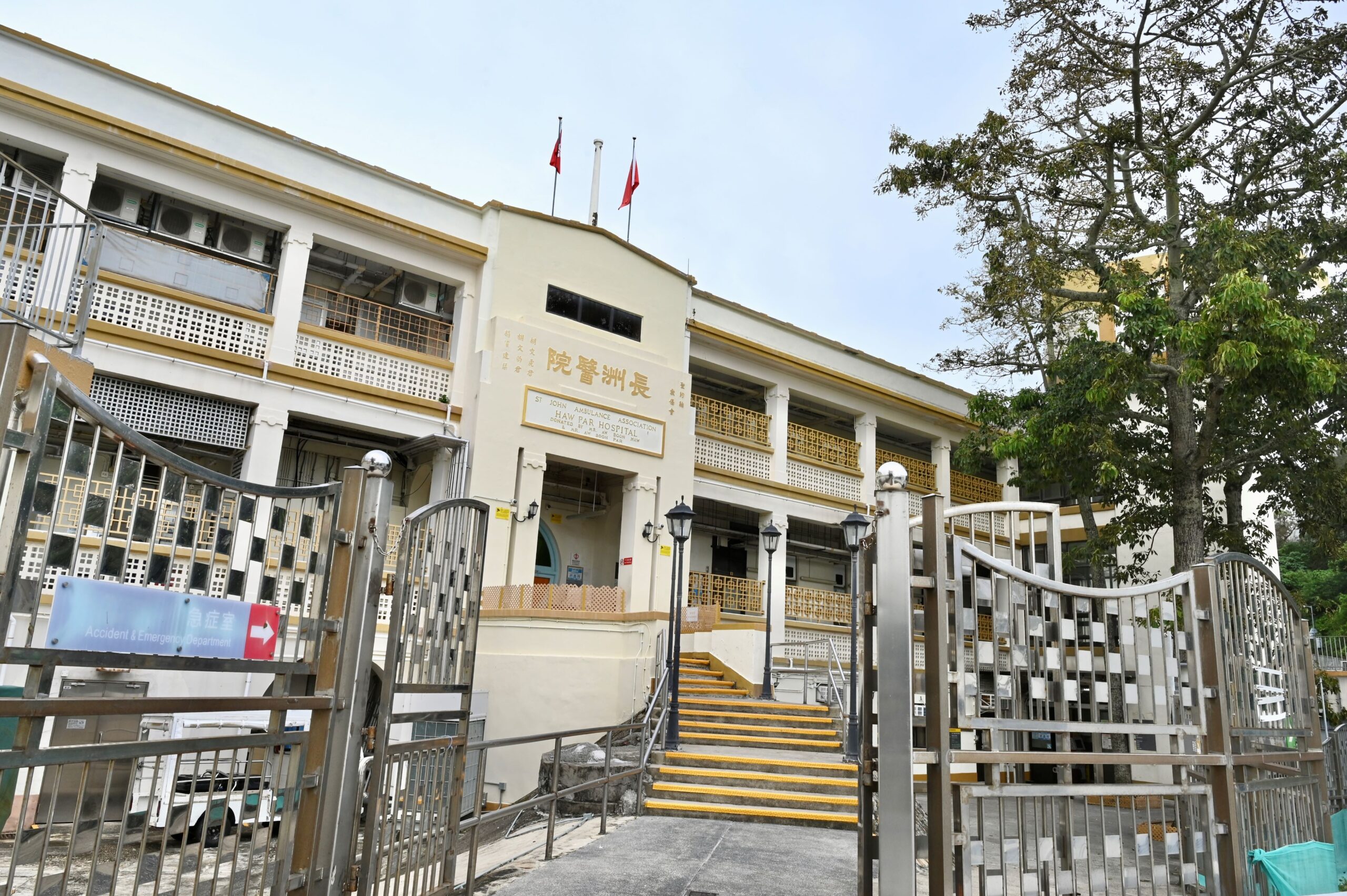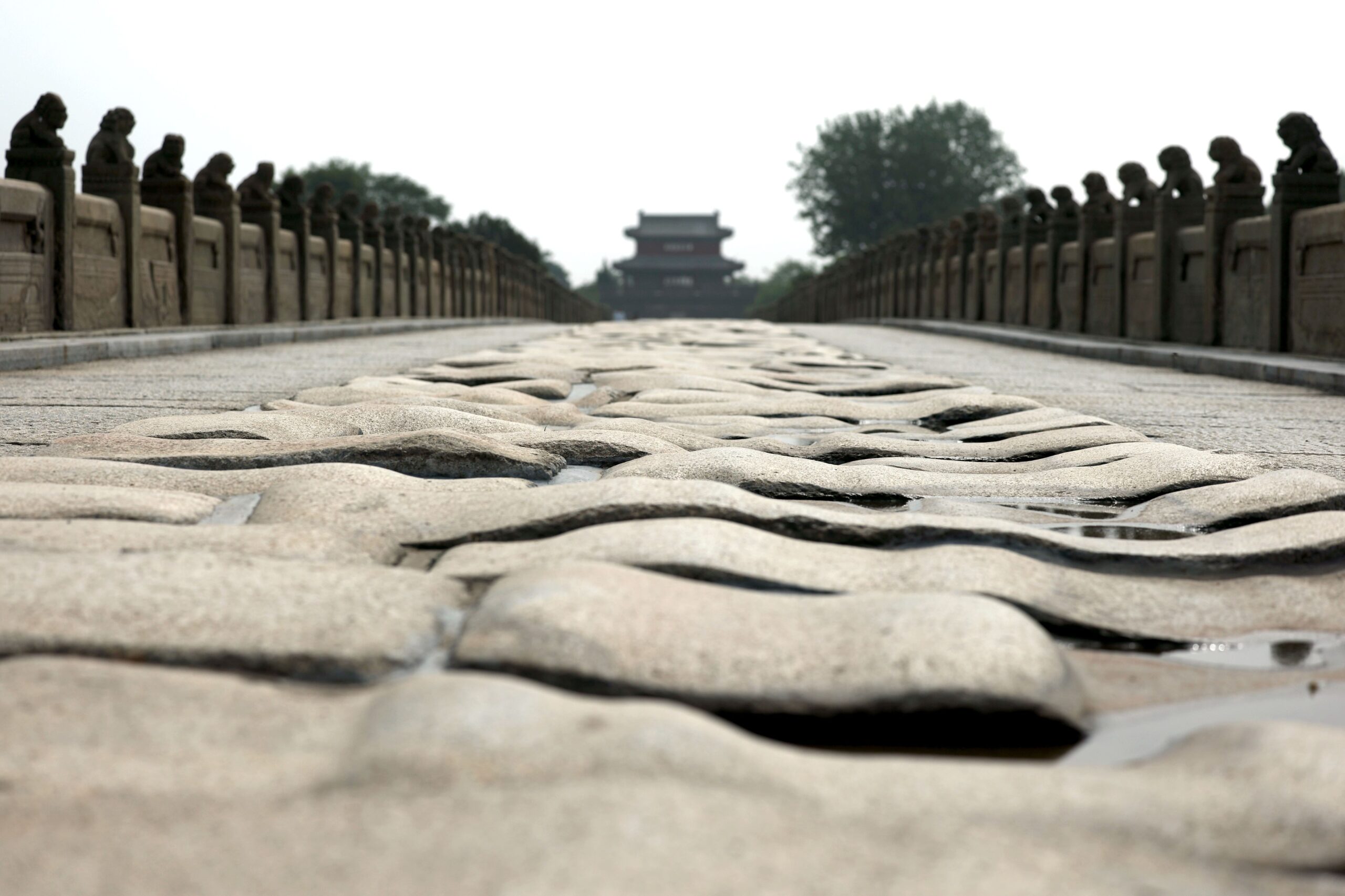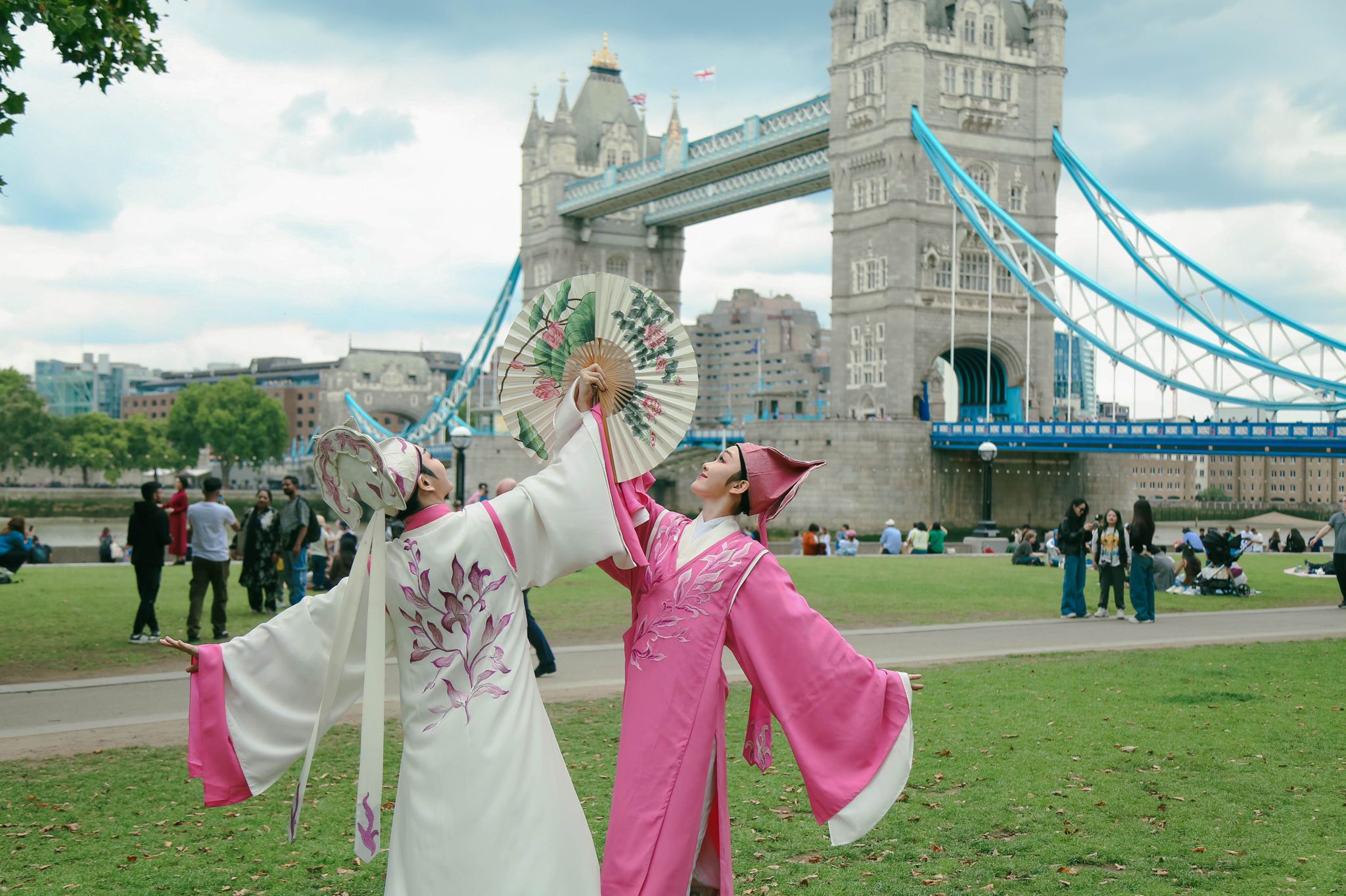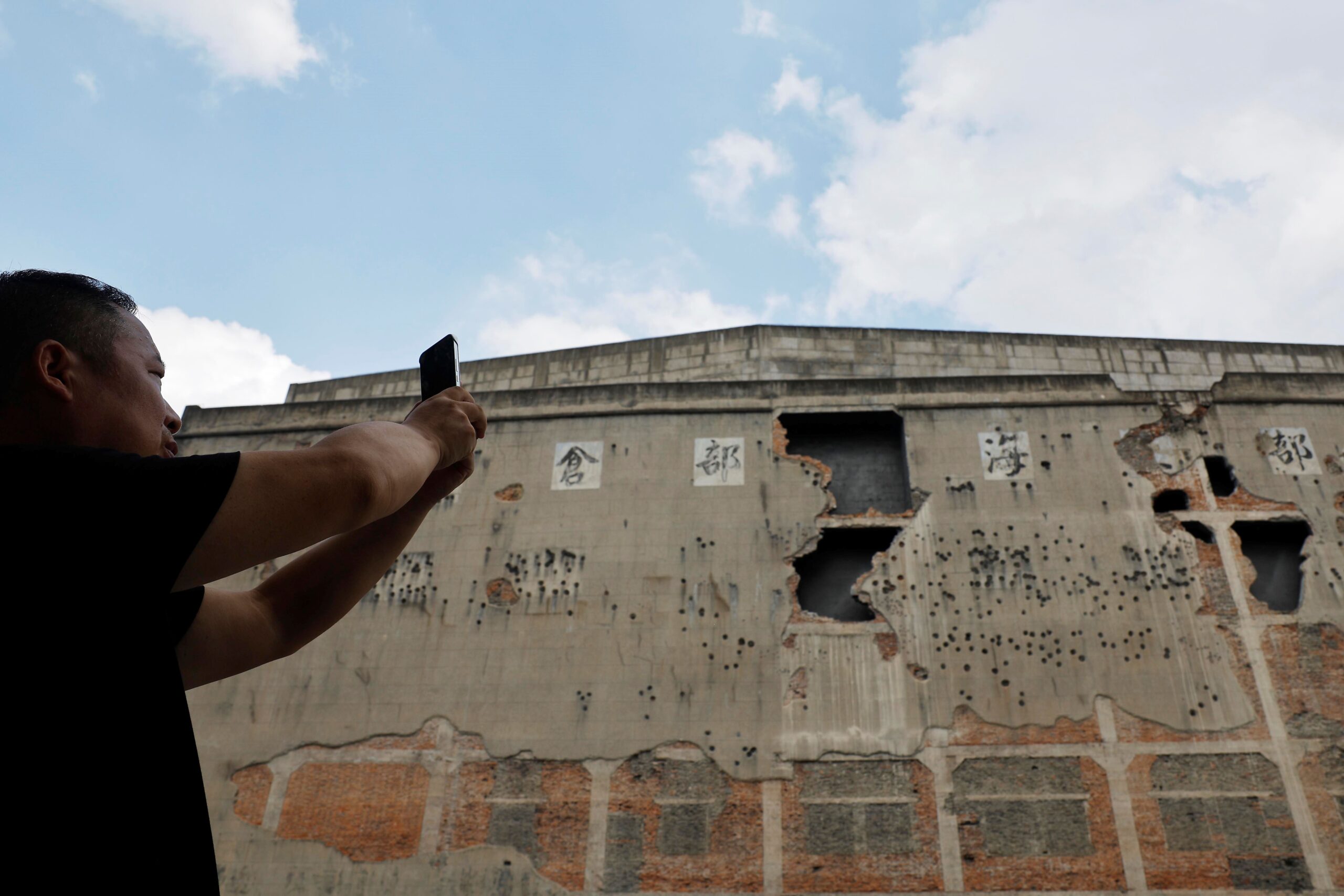Tekes is a unique city in Xinjiang designed around the I Ching’s Bagua, embodying ancient wisdom in its layout.
In China’s Xinjiang Uyghur Autonomous Region, lies a city like no other—Tekes, also known as the Bagua City. It stands out as the world’s largest city planned entirely around the Bagua, or “Eight Trigrams,” a symbol system from the ancient Chinese classic I Ching (易经, Book of Changes).
A City Shaped by the I Ching
Tekes was carefully built in 1937 with cosmic order in mind. The city takes the form of a near-perfect circle. Eight main streets extend outward from a central square, echoing the eight directions of the Bagua as Qian (乾) Street, Dui (兑) Street, Kun (坤) Street, Li (离) Street, Xun (巽) Street, Zhen (震) Street, Gen (艮) Street, and Kan (坎) Street.
As you move outward, the city expands in four concentric rings. These rings create patterns of 8, 16, 32, and 64 streets, mirroring the 64 hexagrams in the I Ching. Locals proudly call it a “solidified Book of Changes.”
The layout is more than symbolic. It improves traffic flow naturally, with fewer traffic lights and smoother circulation. At the centre, a tranquil park represents the yin-yang balance—a core idea in Chinese philosophy. Walking through Tekes feels like moving inside a living, breathing diagram of harmony.
Culture, Nature, and Daily Life
Tekes offers more than geometry. It gives travellers a close-up look at traditional life in Xinjiang. Around the town, you’ll find family-run restaurants serving hand-pulled noodles, lamb kebabs, and local milk tea. At open-air markets, Kazakh artisans sell handmade textiles, leatherwork, and silver jewellery. Local musicians often play Uyghur folk songs in the squares, creating a relaxed and welcoming vibe.
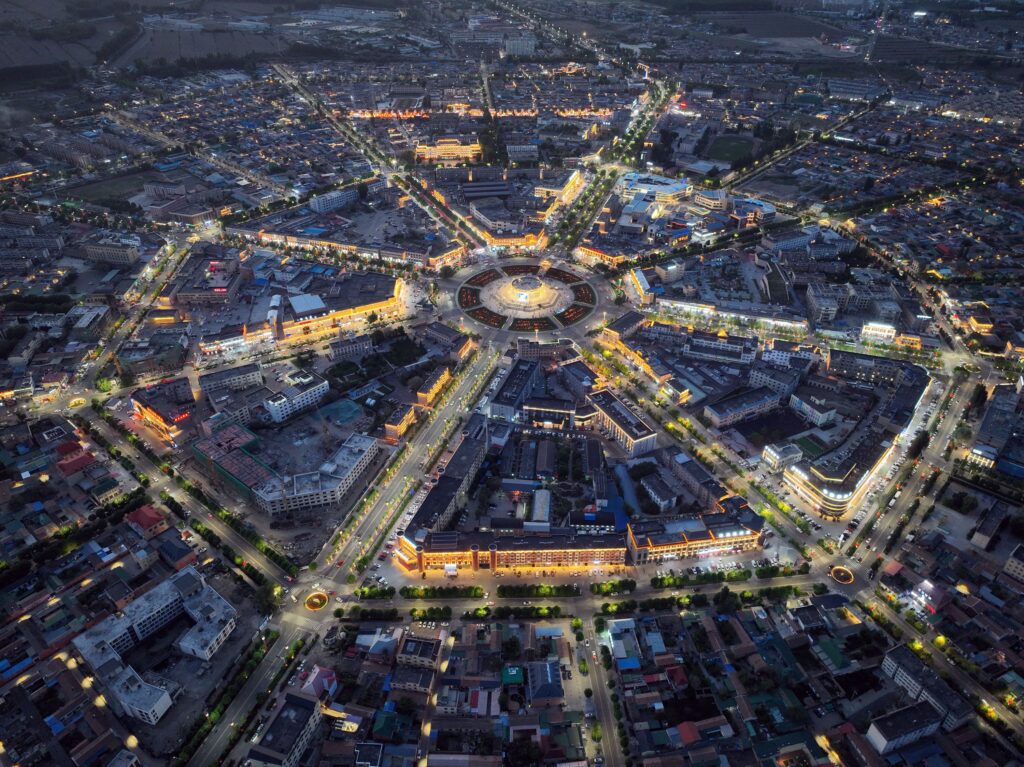
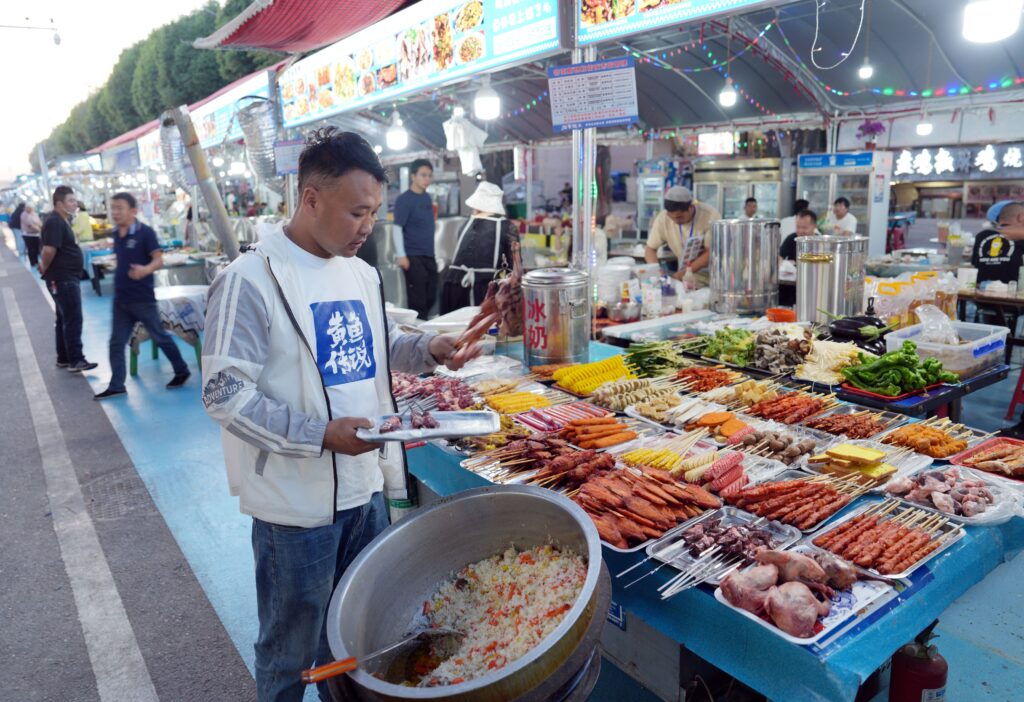

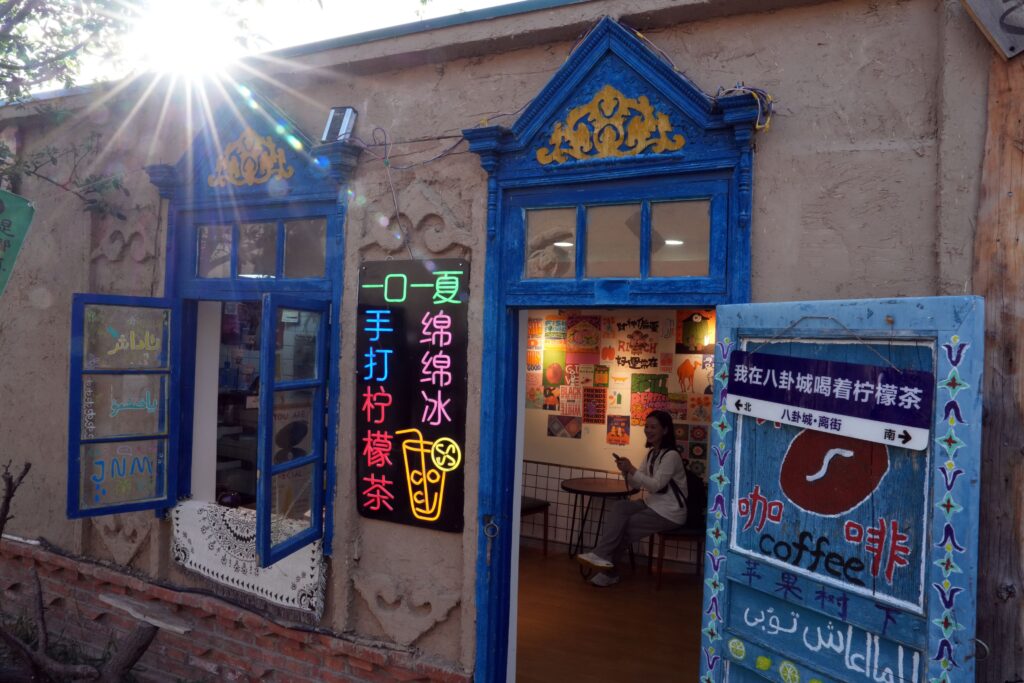
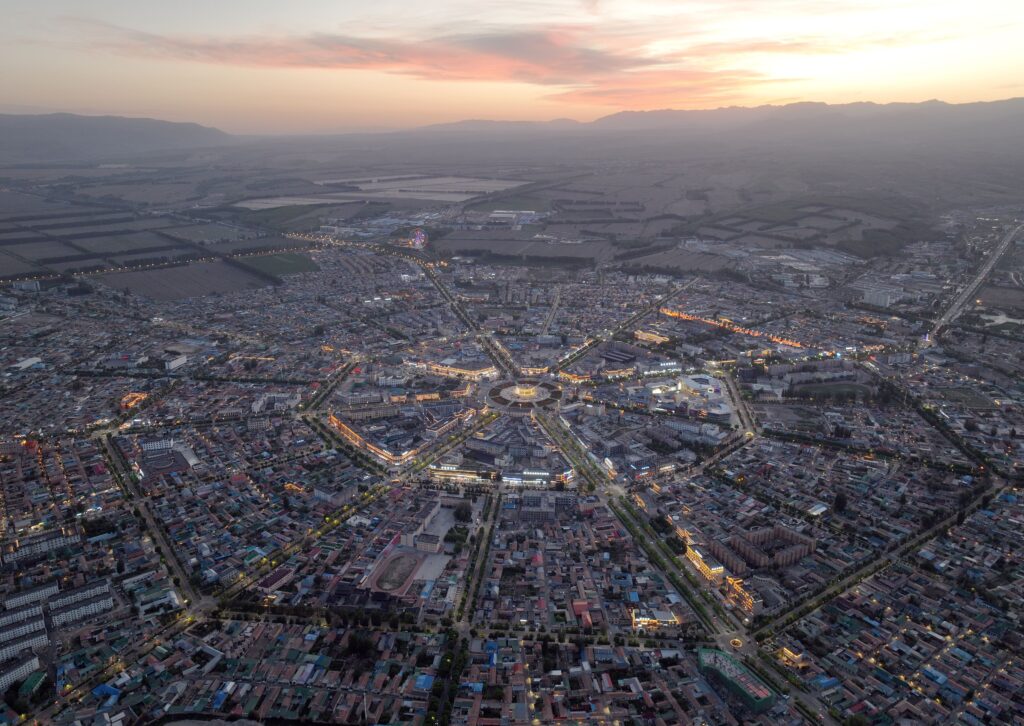
Written by Chen Wang, additional reporting by CNS.
If you liked this article, why not read: Let’s celebrate the Spring Festival in Xinjiang International Grand Bazaar

